Sugarcane cultivars CPCL 02-0926 (Glynn et al. 2013) and CP 05-1526 (Zhao et al. 2013) were released for commercial cultivation on both muck (organic) and sandy (mineral) soils in Florida in 2011 and 2012, respectively. Due to high tonnage and moderate to high resistance against most of the local sugarcane diseases, both cultivars were quickly adopted by local sugarcane growers. According to the latest variety census (VanWeelden et al. 2021), both cultivars were among the top 12 principal varieties (varieties with >1% of total sugarcane acreage) in Florida.
Both cultivars were developed through the cooperative agreement between the United States Department of Agriculture (USDA), Canal Point, the University of Florida, Everglades Research and Education Center, Belle Glade and Florida Sugar Cane League. CPCL 02-0926 was bred at the US Sugar Corporation, Clewiston (CL) and later evaluated at different stages through the cooperative breeding and selection program based at Canal Point (CP) as indicated by the prefix 'CPCL' in its name. CP 05-1526 was crossed at Canal Point and evaluated through the cooperative breeding and selection program. The purpose of this fact sheet is to provide basic information (Table 1) and yield and disease information (Table 2) for CPCL 02-0926 and CP 05-1526 to assist growers in better selection and management of these cultivars. The intended audience is sugarcane growers, farm managers, researchers and UF/IFAS Extension agents. The yields of both cultivars are compared with reference cultivars (CP 89-2143 for muck and CP 78-1628 for sand) planted in the same field trials.
CPCL 02-0926
CPCL 02-0926 was released in 2011 for both muck and sandy soils in Florida. CPCL 02-0926 is currently planted on 52,247 acres (13.1 % of total sugarcane acreage) and ranked 3rd among the top 12 principal varieties in Florida. It has Bru1 gene that provides resistance to brown rust (caused by Puccinia melanocephala). CPCL 02-0926 is also moderately resistant to most of the other important sugarcane diseases in Florida except orange rust (caused by Puccinia kuehnii), for which the growers need to monitor their crops and use the appropriate control measures as required. CPCL 02-0926 has good freeze tolerance and no to late flowering under field conditions. Good ratooning ability of this cultivar is particularly important in sandy soil, where ratoon yields are normally much lower than plant cane. Further information on CPCL 02-0926 can be found in Glynn et al. (2013).
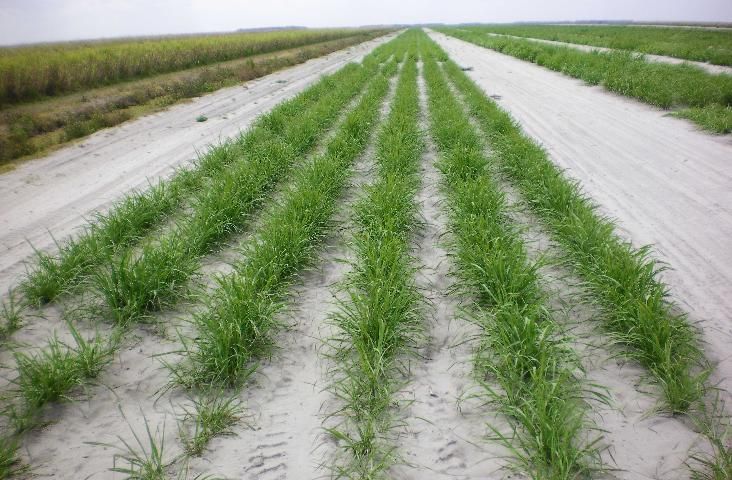
Credit: Wayne Davidson, Florida Sugar Cane League
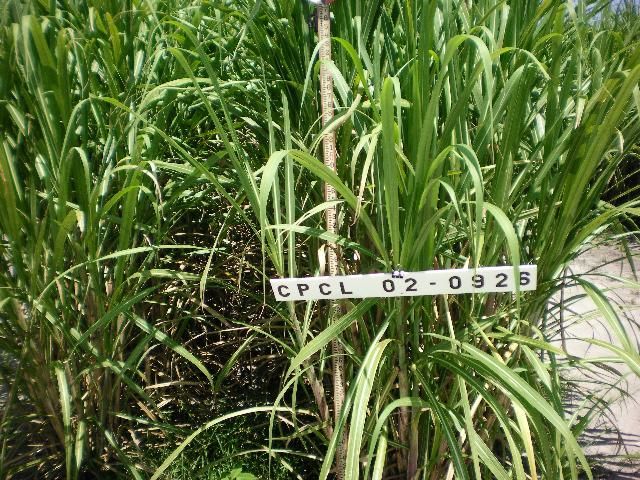
Credit: Wayne Davidson, Florida Sugar Cane League
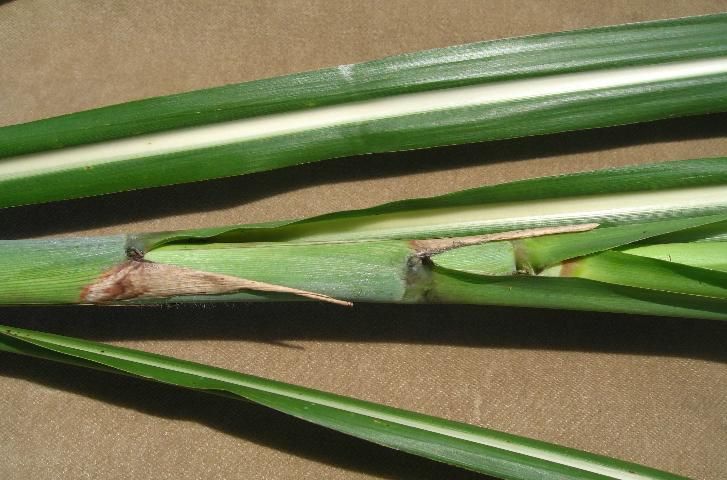
Credit: Wayne Davidson, Florida Sugar Cane League

Credit: Wayne Davidson, Florida Sugar Cane League
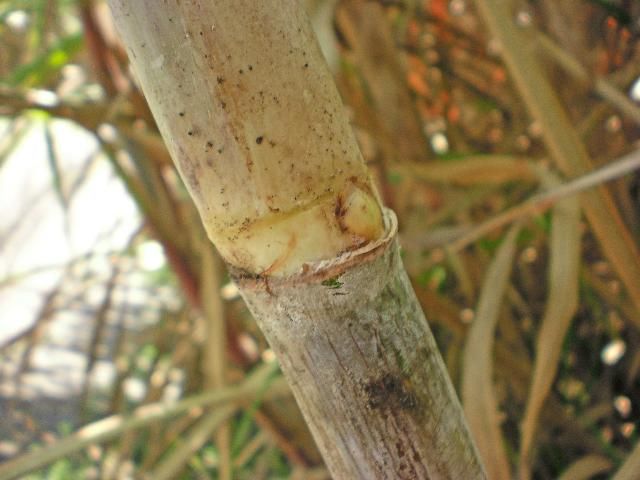
Credit: Wayne Davidson, Florida Sugar Cane League
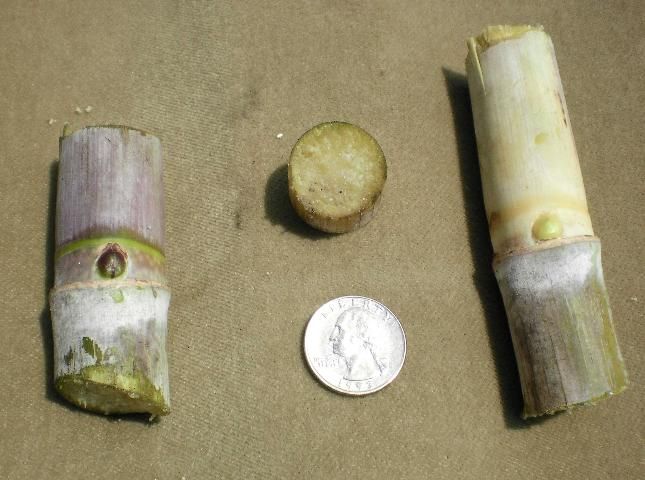
Credit: Wayne Davidson, Florida Sugar Cane League
CP 05-1526
CP 05-1526 was released in 2012 and is currently planted on 11,047 acres (2.8% of total sugarcane acreage) and ranked 6th among principal varieties. The key features of this cultivar are high tonnage in both muck and sandy soils with moderate to high resistance against most sugarcane diseases in Florida. CP 05-1526 does not have the Bru1 gene but showed moderate resistance against brown rust in field trials. This variety does not flower in normal growing conditions in Florida. Relatively low sucrose and high recumbency at maturity may be a concern for some growers. Further information on CP 05-1526 can be found in Zhao et al. (2013).
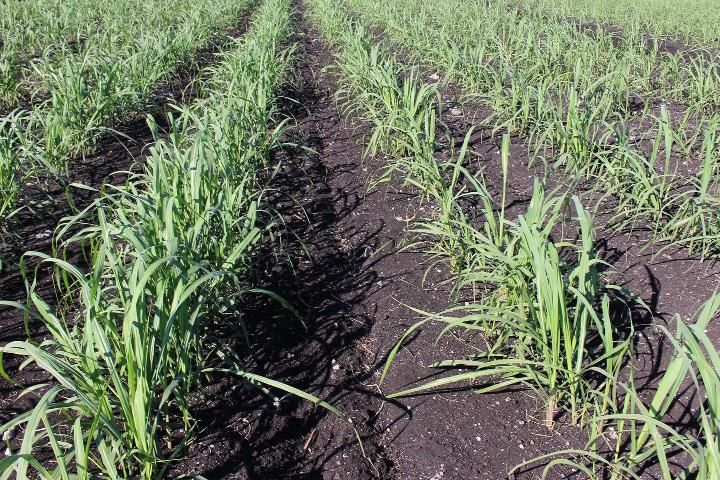
Credit: Wayne Davidson, Florida Sugar Cane League
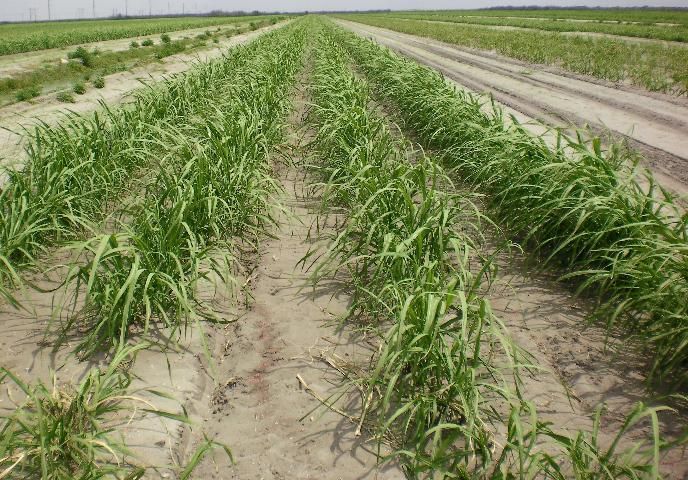
Credit: Wayne Davidson, Florida Sugar Cane League
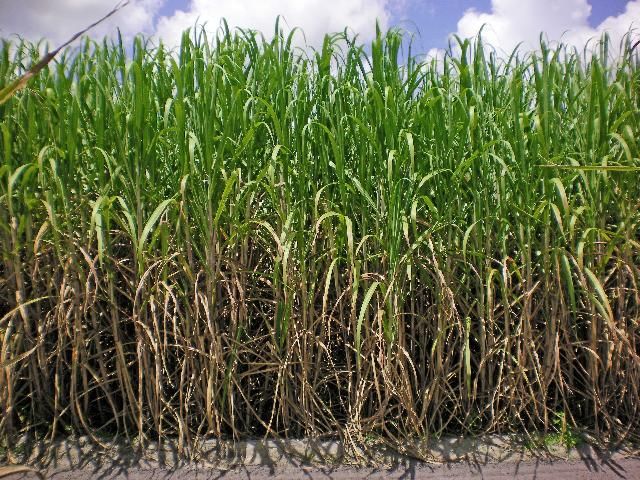
Credit: Wayne Davidson, Florida Sugar Cane League
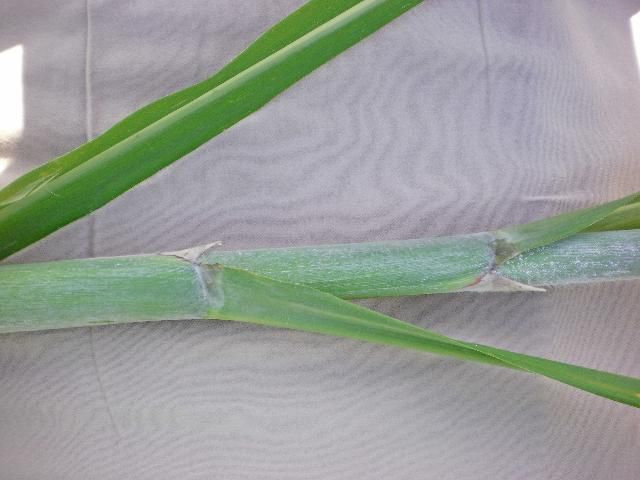
Credit: Wayne Davidson, Florida Sugar Cane League
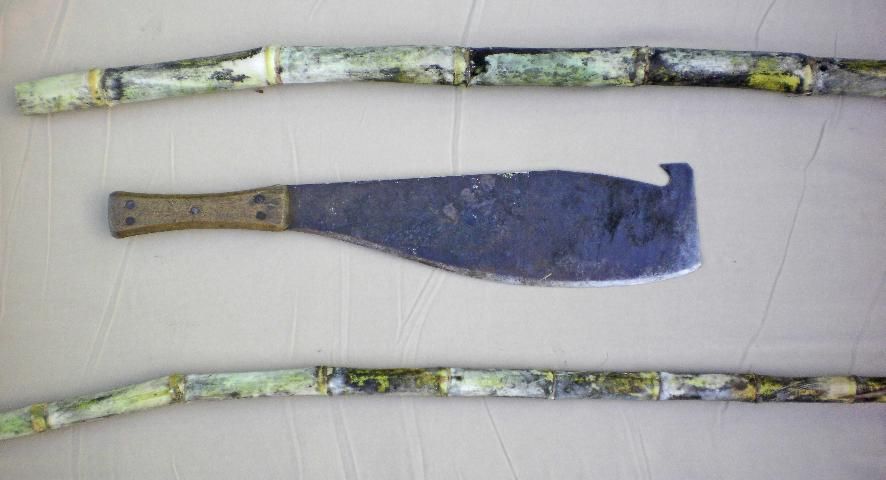
Credit: Wayne Davidson, Florida Sugar Cane League
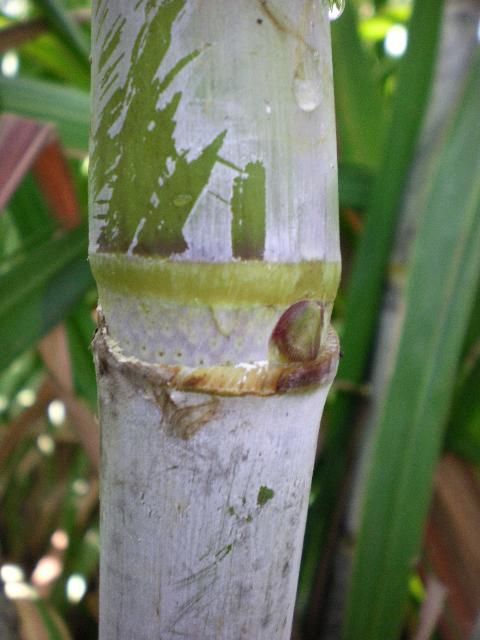
Credit: Wayne Davidson, Florida Sugar Cane League
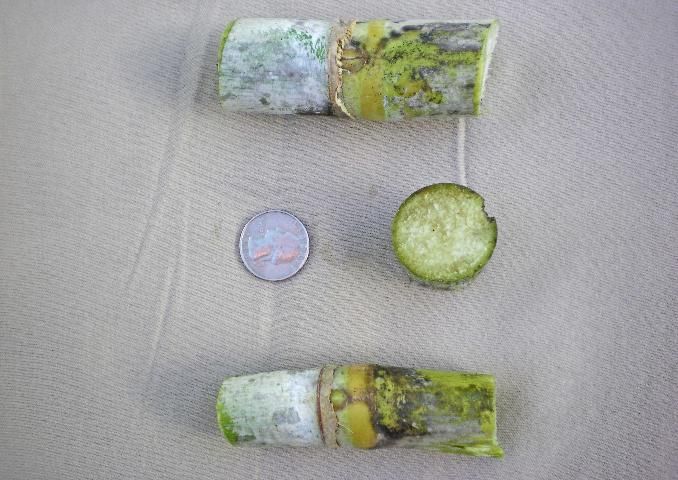
Credit: Wayne Davidson, Florida Sugar Cane League
References
Glynn, N. C., D. Zhao, J. C. Comstock et al. 2013. "Registration of 'CPCL 02-0926' sugarcane." J. Plant Reg. 7: 164–171.
Zhao, D., J. C. Comstock, B. Glaz et al. 2013. "Registration of 'CP 05-1526' sugarcane." J. Plant Reg. 7: 305–311.
VanWeelden, M. T., S. Swanson, W. Davidson, M. Baltazar and R. W. Rice. 2021. "Sugarcane variety census: Florida 2020." Sugar J. 84: 6-15.